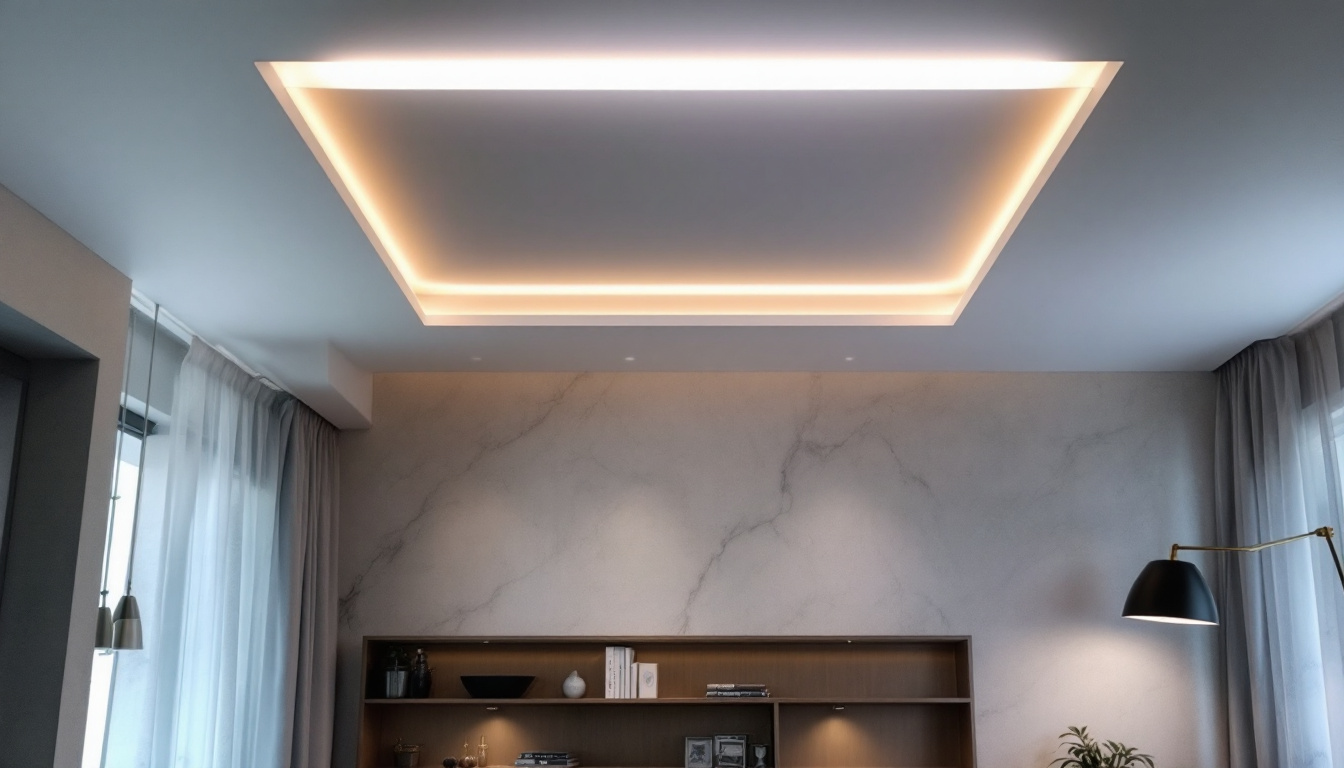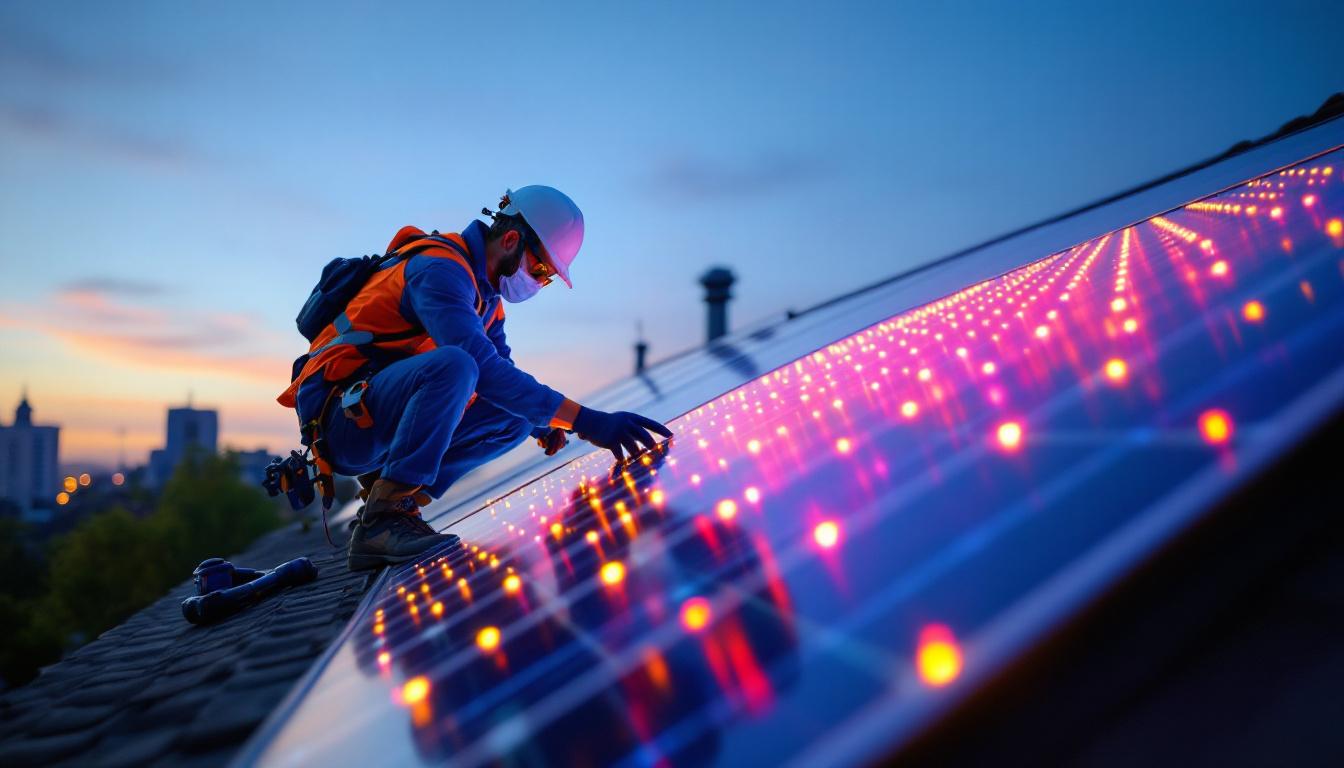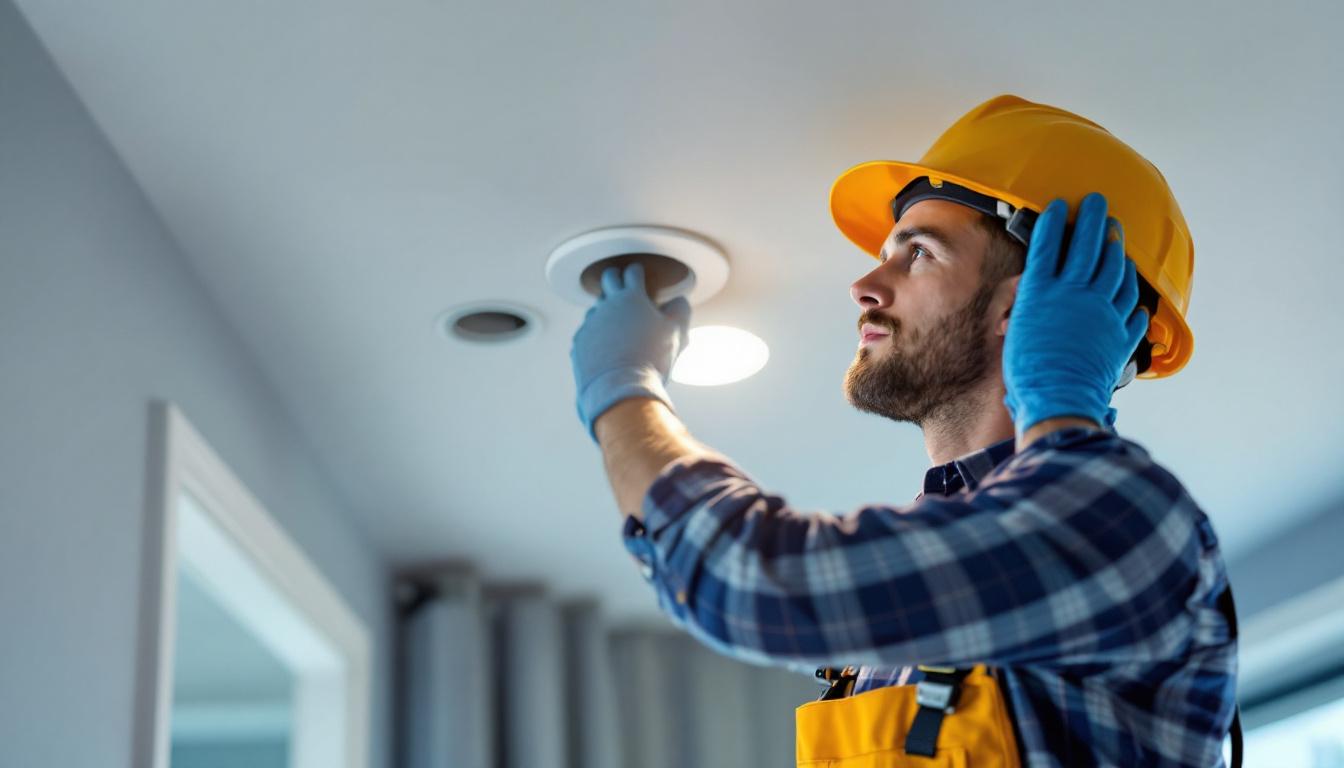
As the demand for innovative lighting solutions continues to grow, ceiling recessed lights have emerged as a popular choice among homeowners and designers alike. For lighting contractors, staying updated on the latest trends in recessed lighting is essential for meeting client expectations and enhancing project outcomes. This article explores the current trends in ceiling recessed lighting that every lighting contractor should be aware of.
One of the most significant trends in ceiling recessed lighting is the push for energy-efficient solutions. With the increasing awareness of environmental issues, homeowners are seeking lighting options that reduce energy consumption while still providing high-quality illumination. The shift towards sustainability is not just a passing trend; it reflects a broader commitment to reducing carbon footprints and promoting eco-friendly practices in home design.
LED recessed lights have become the go-to option for many contractors. They consume significantly less energy than traditional incandescent bulbs and have a longer lifespan, making them a cost-effective choice for clients. Additionally, many manufacturers are now offering LED options that are dimmable and compatible with smart home systems, further enhancing their appeal. This transition to LED technology is also supported by various government incentives and rebates aimed at encouraging energy-efficient upgrades, making it an even more attractive investment for homeowners.
As smart home technology becomes more prevalent, integrating recessed lighting with smart systems is a growing trend. Lighting contractors should be familiar with various smart lighting controls, such as dimmers, timers, and color-changing options. These features not only add convenience for homeowners but also allow for greater customization of lighting environments. Homeowners can now create specific lighting scenes for different activities, whether it’s a cozy movie night or an energizing morning routine, all at the touch of a button.
Moreover, smart recessed lighting can be controlled remotely via smartphones or voice-activated devices, making it an attractive option for tech-savvy clients. Understanding how to install and configure these systems will set contractors apart from competitors who may not offer such advanced solutions. Additionally, the integration of smart lighting with home security systems can enhance safety, as homeowners can program their lights to simulate occupancy when they are away, deterring potential intruders.
design aesthetics play a crucial role in the selection of recessed lighting. Homeowners are increasingly looking for fixtures that blend seamlessly with their interior decor. This trend has led to the development of various trim styles and finishes, allowing contractors to offer customized solutions that cater to individual tastes. The choice of lighting can dramatically influence the mood and functionality of a space, making it essential for contractors to understand the nuances of design in relation to lighting.
From sleek, minimalist designs to more decorative options, the variety available means that lighting contractors need to stay informed about the latest styles. Offering a range of trims and finishes can enhance the overall appeal of a project and meet diverse client preferences. Furthermore, the use of innovative materials, such as brushed nickel or matte black, can add a contemporary touch, while vintage-inspired fixtures can evoke a sense of nostalgia. As homeowners become more discerning about their interior choices, the ability to provide tailored lighting solutions that align with their vision will be a key differentiator for contractors in the market.
Another emerging trend in recessed lighting is the focus on health and well-being. Research has shown that lighting can significantly impact mood, productivity, and overall well-being. As a result, contractors are increasingly being asked to consider the psychological effects of lighting in their designs. The integration of lighting with wellness principles is not merely a design choice; it reflects a growing awareness of how our environments affect our mental and physical health. By prioritizing these aspects, contractors can create spaces that not only look good but also enhance the quality of life for their occupants.
One approach gaining traction is the use of circadian lighting, which mimics natural daylight patterns. This type of lighting helps regulate the body’s internal clock and can improve sleep quality and overall health. Contractors should be aware of how to implement such systems, as they can provide added value to clients looking for holistic living environments. Incorporating sensors that adjust the intensity and color of light throughout the day can further optimize these systems, ensuring that the lighting adapts to the natural rhythms of the occupants, promoting alertness during the day and relaxation in the evening.
Alongside circadian lighting, the importance of color temperature and light quality is becoming more recognized. Warm white light is often preferred for residential spaces, creating a cozy atmosphere, while cooler temperatures are suitable for task-oriented areas like kitchens and offices. The psychological effects of different color temperatures can be profound; for instance, warmer tones can evoke feelings of comfort and intimacy, making them ideal for bedrooms and living areas, whereas cooler tones can enhance focus and concentration, making them perfect for workspaces.
Contractors should educate clients about the benefits of different color temperatures and how they can influence the ambiance of a space. Providing options for adjustable color temperatures can also be a selling point, allowing homeowners to customize their lighting based on their activities and moods. Additionally, the use of high-quality LED fixtures that offer a high Color Rendering Index (CRI) can enhance the vibrancy of colors within a space, making it not only visually appealing but also more conducive to well-being. By offering a range of lighting solutions that cater to both aesthetic preferences and health considerations, contractors can position themselves as leaders in the evolving landscape of interior design.
As recessed lighting technology evolves, so do the installation techniques. Lighting contractors must stay updated on the latest methods to ensure efficient and effective installations. One such technique gaining popularity is the use of modular recessed lighting systems, which allow for flexible configurations and easier adjustments.
These systems often come with pre-wired components, making installation quicker and reducing labor costs. Understanding how to work with these modular systems can enhance a contractor’s efficiency and appeal to clients looking for streamlined solutions.
Another innovative trend is the move towards wireless and remote installation options. These technologies can simplify the installation process and reduce the need for extensive wiring. Wireless recessed lights can be controlled through apps, allowing for easy adjustments without the need for physical switches.
Contractors should familiarize themselves with these technologies, as they can provide clients with modern solutions that align with contemporary lifestyles. Offering wireless options can also be a unique selling point, showcasing a contractor’s commitment to innovation.
Customization is becoming increasingly important in the recessed lighting market. Homeowners are looking for lighting solutions that reflect their personal style and meet their specific needs. Lighting contractors can capitalize on this trend by offering tailored solutions that go beyond standard offerings.
From adjustable beam angles to customizable color temperatures, providing a range of options allows clients to create the perfect lighting environment for their homes. Contractors should also consider offering design consultations to help clients visualize how different recessed lighting options can enhance their spaces.
Collaboration with interior designers is another way contractors can enhance their service offerings. By working closely with designers, contractors can ensure that the recessed lighting complements the overall aesthetic of a space. This collaboration can also lead to innovative design solutions that might not have been considered otherwise.
Building relationships with local designers can open up new opportunities for contractors, leading to referrals and joint projects that benefit both parties. Understanding the design process and being able to communicate effectively with designers can set a contractor apart in a competitive market.
As with any aspect of construction, compliance with local regulations and safety standards is crucial in recessed lighting installations. Contractors must stay informed about the latest codes and regulations to ensure that their work meets all necessary requirements.
Failure to comply with these regulations can lead to costly fines and safety issues. Therefore, it is essential for contractors to prioritize ongoing education and training in this area. This not only protects the contractor but also ensures the safety and satisfaction of the client.
Many regions have implemented energy codes that dictate the efficiency standards for lighting installations. Contractors should be aware of these codes and how they impact the products they offer. Additionally, many utility companies provide incentives for energy-efficient installations, which can be a selling point for clients.
Educating clients about these incentives can help them save money while investing in high-quality, energy-efficient lighting solutions. Contractors who can navigate these regulations and incentives will be better positioned to serve their clients effectively.
Ceiling recessed lighting continues to evolve, driven by technological advancements, design trends, and a growing emphasis on sustainability and health. For lighting contractors, staying informed about these trends is essential for providing clients with the best possible solutions.
By embracing energy efficiency, smart technology, customization, and regulatory compliance, contractors can enhance their offerings and stand out in a competitive market. As the lighting industry continues to change, those who adapt and innovate will be best positioned for success.
Ready to take your lighting projects to the next level? LumenWholesale is here to support you with the latest trends in ceiling recessed lighting. Our spec-grade lighting products not only meet the highest industry standards but also come at unbeatable wholesale prices. Say goodbye to inflated markups and hello to superior lighting solutions that fit your budget. With free shipping on bulk orders, you can stock up on premium lighting without any hidden fees. Elevate your lighting game and discover the best value in wholesale lighting today!

Discover how LED solar panels are revolutionizing the lighting industry for contractors.

Discover the top challenges lighting contractors face with recessed electrical outlets, from installation hurdles to design constraints, and learn expert solutions to streamline your projects and enhance efficiency..

Discover expert strategies and proven techniques for lighting contractors to effectively use track light bulbs.

Discover the transformative impact of work LED lights on lighting contractors’ businesses.